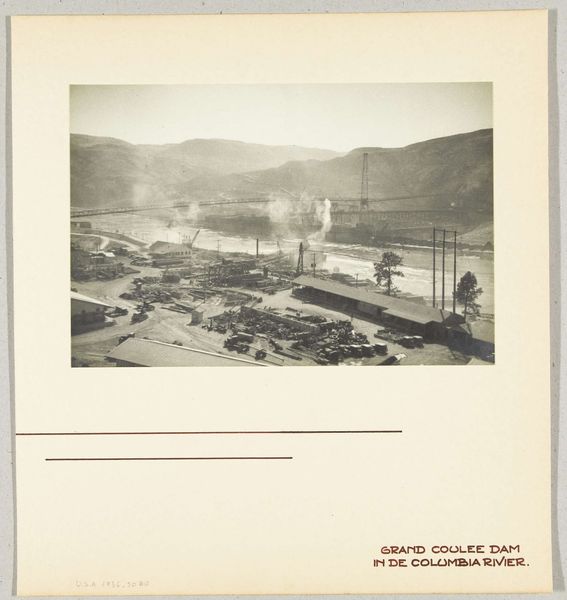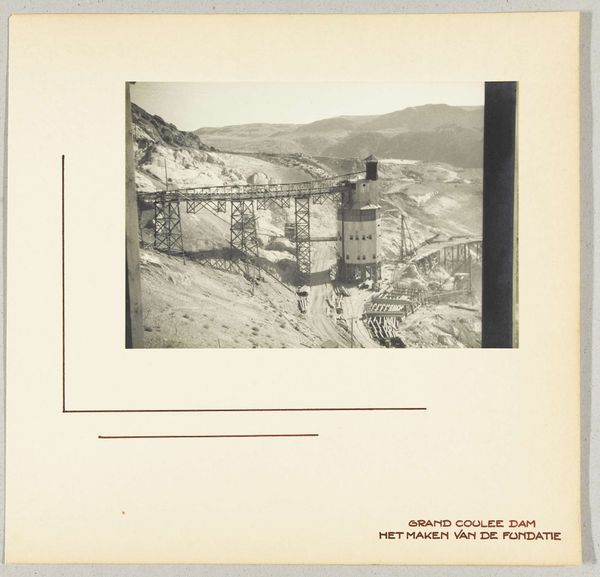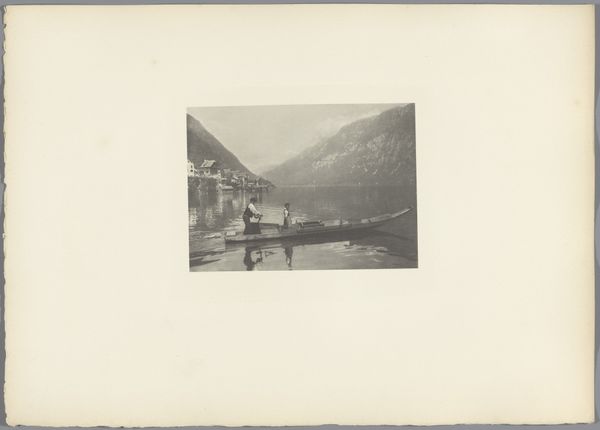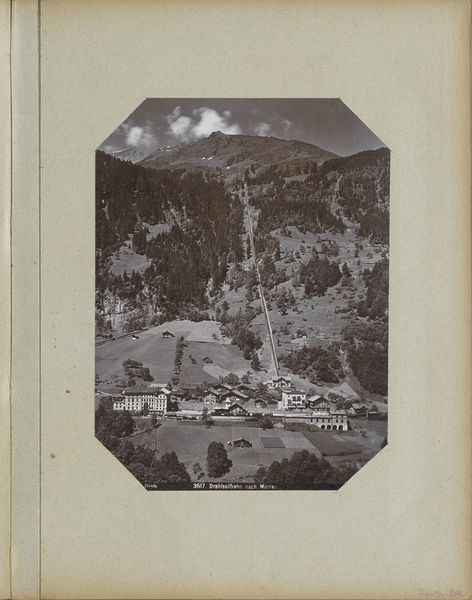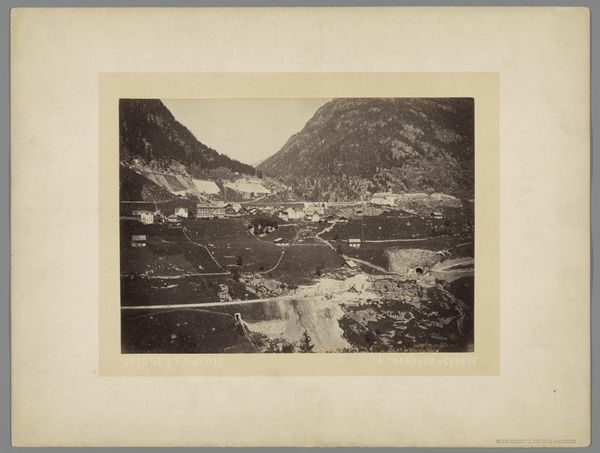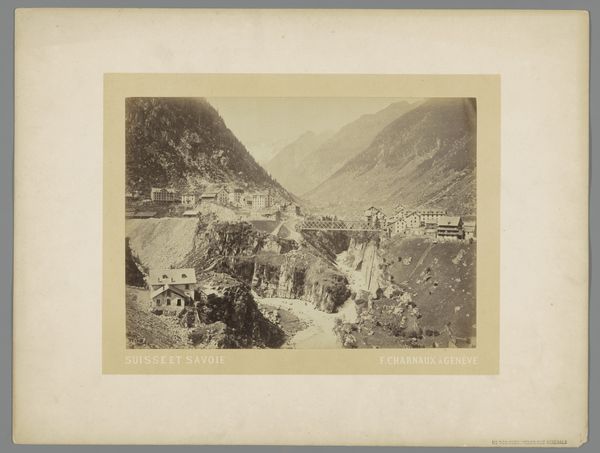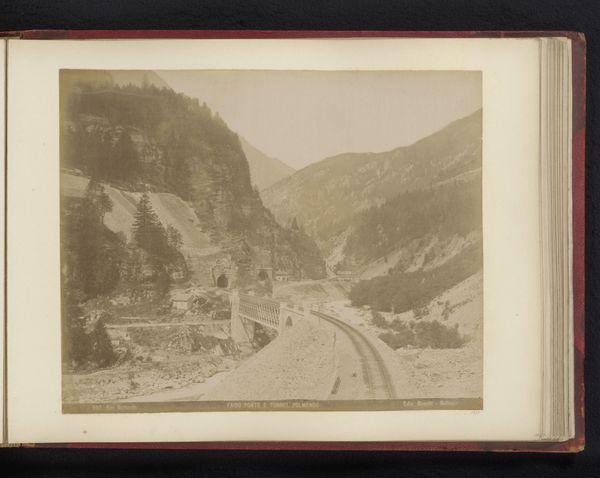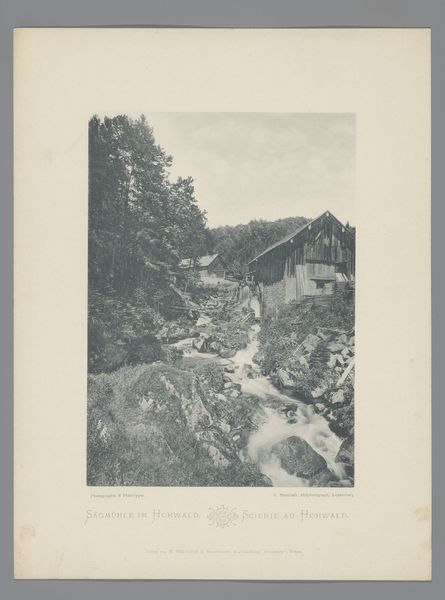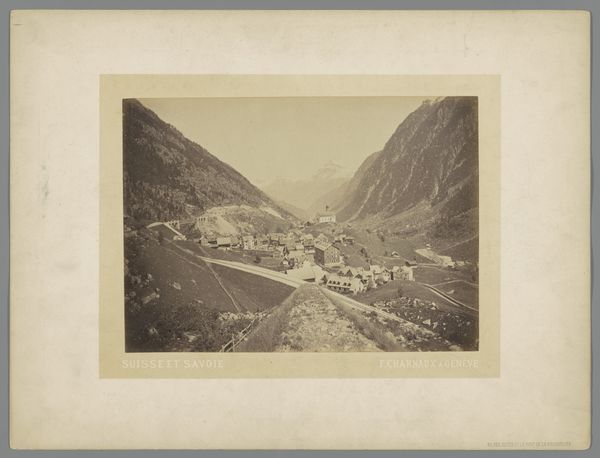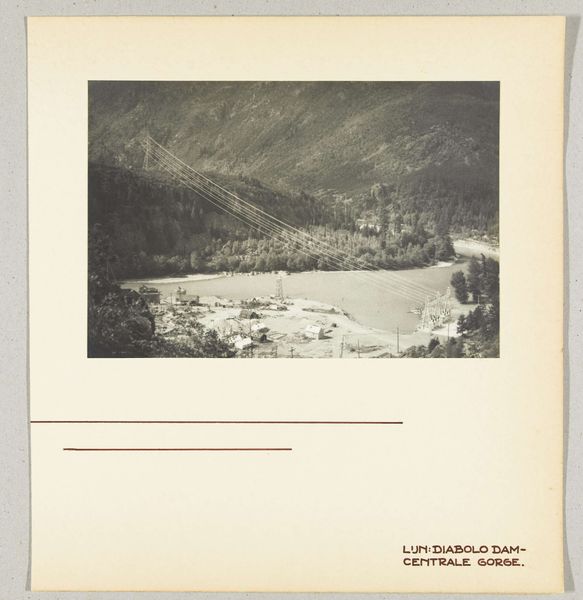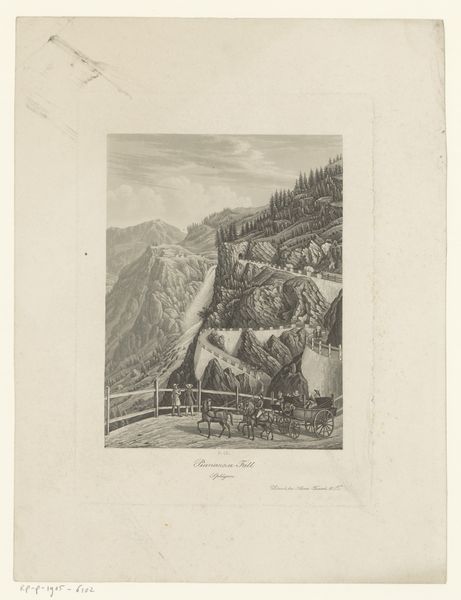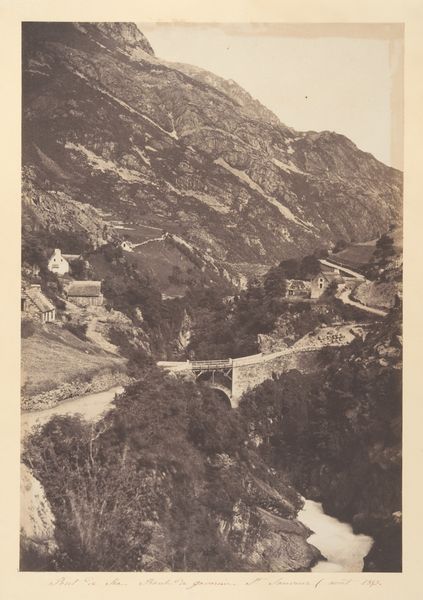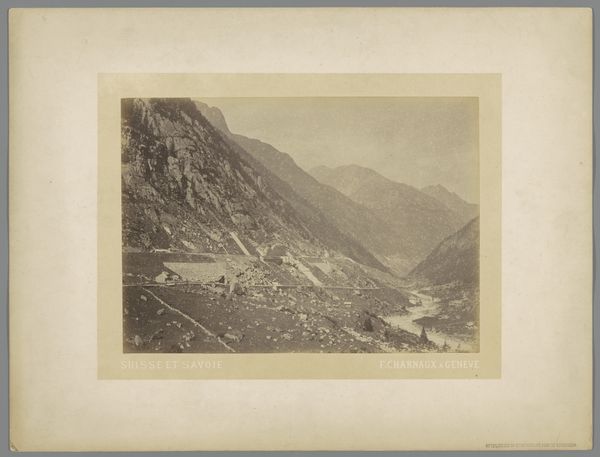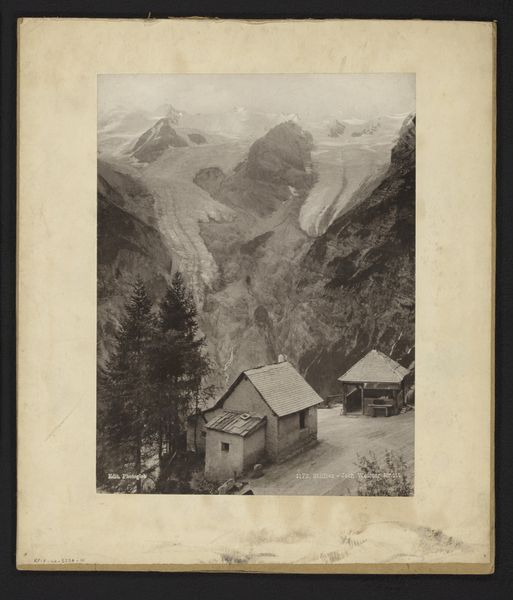![Bergtrein in het dal van de Skagit River, Washington [staat], Verenigde Staten by Wouter Cool](/_next/image?url=https%3A%2F%2Fd2w8kbdekdi1gv.cloudfront.net%2FeyJidWNrZXQiOiAiYXJ0ZXJhLWltYWdlcy1idWNrZXQiLCAia2V5IjogImFydHdvcmtzLzAyZTk0MGIxLTVlMDMtNGM1ZS1iYmU2LWM3ZDdmZTFlZmFkZC8wMmU5NDBiMS01ZTAzLTRjNWUtYmJlNi1jN2Q3ZmUxZWZhZGRfZnVsbC5qcGciLCAiZWRpdHMiOiB7InJlc2l6ZSI6IHsid2lkdGgiOiAxOTIwLCAiaGVpZ2h0IjogMTkyMCwgImZpdCI6ICJpbnNpZGUifX19&w=3840&q=75)
Bergtrein in het dal van de Skagit River, Washington [staat], Verenigde Staten 1936
0:00
0:00
photography, gelatin-silver-print
#
aged paper
#
still-life-photography
#
homemade paper
#
yellowing background
#
parchment
#
landscape
#
photography
#
gelatin-silver-print
#
realism
Dimensions: height 152 mm, width 227 mm, height 315 mm, width 285 mm
Copyright: Rijks Museum: Open Domain
Curator: Here we have a gelatin-silver print from 1936. It’s entitled "Bergtrein in het dal van de Skagit River, Washington [staat], Verenigde Staten" or, Mountain train in the valley of the Skagit River, Washington [state], United States. Editor: It feels like stepping into a lost world. The way the photograph captures this scene – the train, the crowd – it’s incredibly evocative, like a faded memory on parchment paper. Curator: It’s certainly a slice of a specific time. The train itself, in this natural setting, might represent industrialization’s encroachment upon the American landscape. Do you see anything symbolic in the train passengers' clothing? Editor: The clothing indeed points towards that, it reinforces a sort of Edwardian sense of progress but it also shows a moment of leisure for some while many others are experiencing poverty during the great depression, doesn’t it? Class distinctions are visibly inherent in the scene, but more striking is the way it positions the colonizer class in relation to the indigenous inhabitants. It underscores the fraught, and violent, legacy of land usage and resource exploitation within that community at that time. Curator: Precisely. In 1936 the dustbowl was a prominent issue. Perhaps this photographic preservation aims to give prominence and perpetuate a view of resource exploitation. The way light hits the mountain contrasts with the station itself as if industrial expansion can co-exist within that space. What is the feeling evoked there? Editor: An unsettling stillness. This contrast, alongside what looks like newly erected telephone poles further emphasizes that tension, which resonates with the broader theme of disruption. I am curious about what's written beneath the image itself. How can that be perceived? Curator: Considering the aged and yellowing effect that simulates the parchment-like look of homemade paper, It suggests historical significance with that location for that snapshot, especially alongside the additional notes on the margin in the photograph. Editor: It is a great intersection of leisure and industry. Thank you for illuminating these points. This is making me appreciate the details so much more! Curator: The pleasure is mine! It’s through this sharing of perspectives that artworks speak anew.
Comments
No comments
Be the first to comment and join the conversation on the ultimate creative platform.
